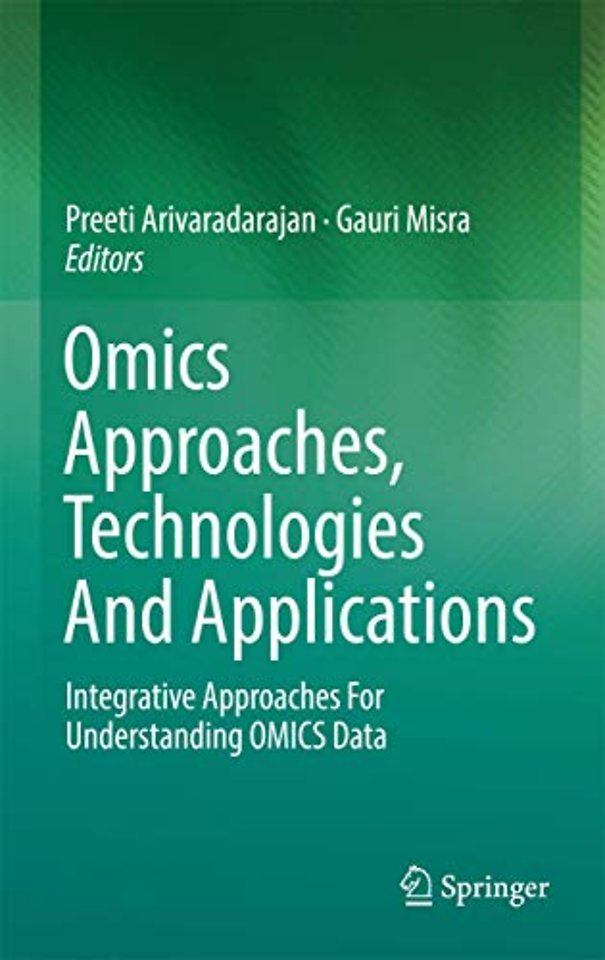Omics Approaches, Technologies And Applications
Integrative Approaches For Understanding OMICS Data
Gebonden Engels 2019 9789811329241Samenvatting
This book is a concerted effort to put together the rapidly growing facets of biological data. It provides a platform for the readers to think about integrative approaches to solve complex biological problems. This fundamental book deals with the simplest concepts of omics to recent advancements in the field. The content is divided into seven chapters that provide insight into various omics approaches, omics technologies, and its applications. Each chapter delves into different molecular scales: genomics, transcriptomics, proteomics, and metabolomics. Further to provide a holistic view a chapter detailing microbiome has been included in the book. The sub-sections in the chapters is dedicated to introducing the various analytical tools such as next generation sequencing, chromatin immunoprecipitation, mass spectrometry, peptide mass fingerprinting, RNA Seq and NMR spectroscopy. It entails a chapter focused on the bioinformatics resources for analysis of the omics data. In summary, this comprehensive book emphasizes the recent advancements in the study of biomolecules spanning from DNA to metabolites.
Specificaties
Lezersrecensies
Inhoudsopgave
Rubrieken
- advisering
- algemeen management
- coaching en trainen
- communicatie en media
- economie
- financieel management
- inkoop en logistiek
- internet en social media
- it-management / ict
- juridisch
- leiderschap
- marketing
- mens en maatschappij
- non-profit
- ondernemen
- organisatiekunde
- personal finance
- personeelsmanagement
- persoonlijke effectiviteit
- projectmanagement
- psychologie
- reclame en verkoop
- strategisch management
- verandermanagement
- werk en loopbaan

